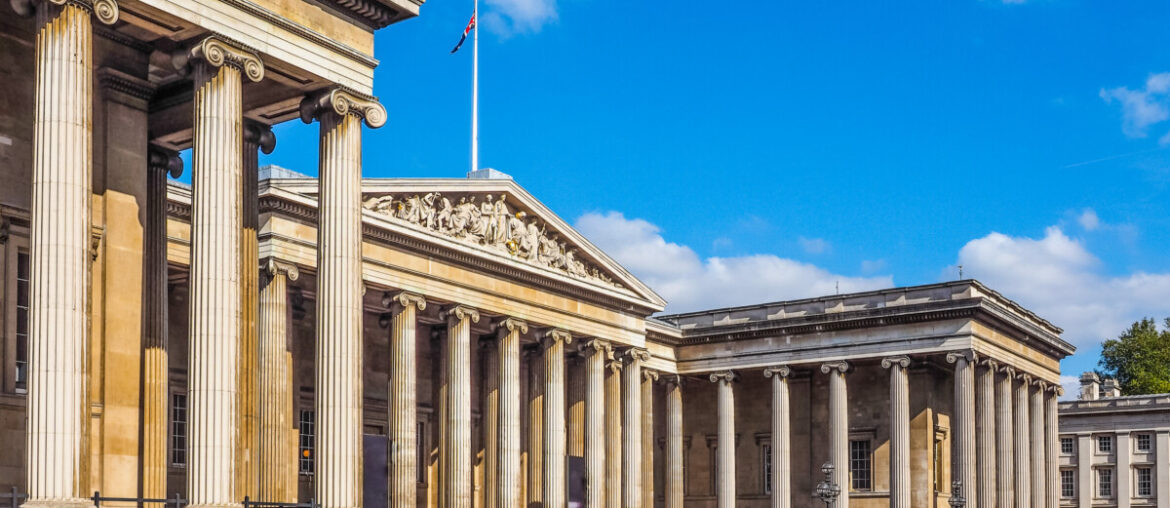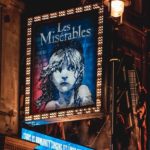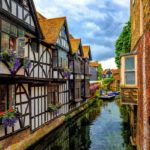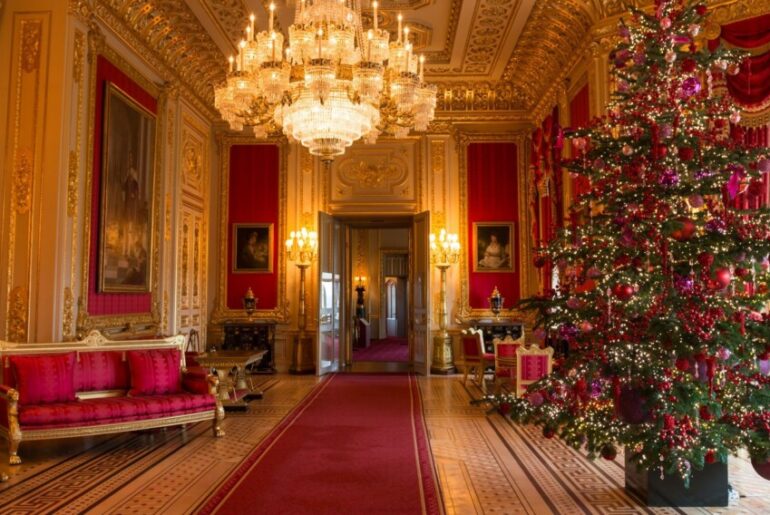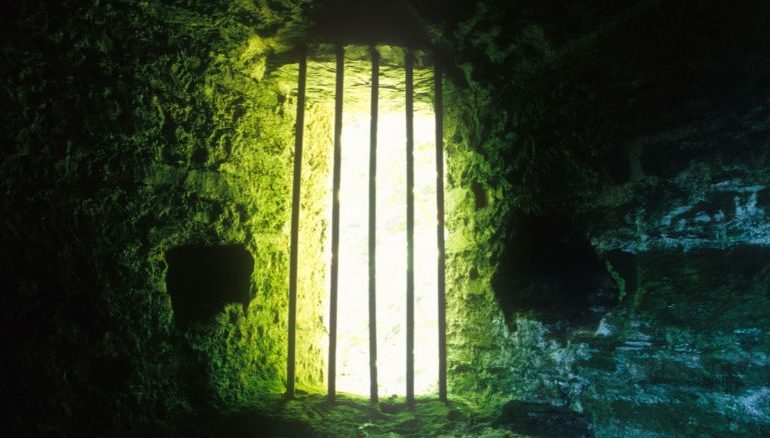While the British Museum draws millions of visitors every year, the surrounding area of Bloomsbury offers its own treasures waiting to be discovered. This historic corner of central London pulses with literary heritage, architectural splendour, and hidden gems that reward the curious explorer.
Beyond the museum’s grand façade lies a neighbourhood where Georgian elegance meets modern creativity, where famous writers once walked, and where quiet squares provide respite from the city’s buzzing atmosphere.
What are some exciting things to see and do in Bloomsbury, London? Our recommendations:
- The British Museum
- Russell Square
- Bedford Square
- Gordon Square
- Charles Dickens Museum
- Senate House
- Brunswick Centre
- Skoob Books
- Georgian’s Terraces
- Bronze Tokens
- Emerald Court
- “Field of the Forty Footsteps”
Visit Bloomsbury’s green heart
The soul of Bloomsbury is its garden squares, each offering a distinct character and history. Russell Square, for example, stands as the largest and most vibrant green space in this area, shaped by the visionary landscape architect Humphry Repton in the early 19th century. Repton’s design emphasised the square’s natural contours and created sweeping lawns that still provide a pastoral feel within an urban setting.
Bedford Square presents a different mood entirely, offering perhaps the finest example of Georgian architecture in London. This perfectly preserved square, completed in the 1780s, feels like stepping into a Jane Austen novel with its uniform terraced houses, distinctive brick facades and elegant doorways, creating a more secluded atmosphere that hints at the wealthy merchants and aristocrats who once called this place home. The central garden remains locked to residents only, adding to the square’s sense of exclusivity and timeless elegance.
Gordon Square reflects Bloomsbury’s academic heritage, as it’s surrounded by University College London buildings and will forever be linked to the famous Bloomsbury Group. Virginia Woolf, John Maynard Keynes, and other luminaries of early 20th-century arts and letters lived and gathered here, their conversations shaping modern literature, economics, and social thought.
Explore literary legacies
Throughout Bloomsbury’s streets, blue plaques mark the former homes of remarkable individuals who shaped British culture and thought—an indication of just how many of our literary heroes have graced these streets. Keen readers will want to visit the Charles Dickens Museum, which occupies the novelist’s former home at 48 Doughty Street, where he lived and penned some of his most celebrated works, including “Oliver Twist” and “Nicholas Nickleby.” The preserved Georgian townhouse gives an intimate glimpse into Dickens’ life, from his writing desk to family portraits.
Dive into the area’s history
For history buffs, the Senate House, the Art Deco masterpiece of the University of London, can also be found here. Completed in 1937, this imposing limestone tower supposedly inspired George Orwell’s Ministry of Truth in the novel “1984,” though the building actually served as a centre of learning and research in reality. The building’s stepped facade and soaring height make it a landmark visible from across central London.
Experience the eclectic vibe
If you’re heading to Bloomsbury, be sure to check out the Brunswick Centre. It’s one of London’s most distinctive examples of Brutalist architecture, with a ziggurat-like structure housing an eclectic mix of shops, restaurants, and the Renoir Cinema. Built in the 1960s, this concrete complex initially faced criticism but has since gained appreciation as an architectural landmark that successfully integrates commercial and residential spaces.
Pick up a novel or two
Given Bloomsbury’s academic heritage, it’s no surprise that you’ll also find some fantastic bookshops here. Within the Brunswick Centre is Skoob Books—a bibliophile’s paradise, shelving a huge range of academic texts, rare finds, and literary treasures. This renowned second-hand bookshop has become a pilgrimage site for scholars and book lovers who appreciate the thrill of discovery that only comes from browsing physical shelves.
Architectural details
Bloomsbury’s Georgian terraces create one of London’s most cohesive architectural environments. The red brick facades and white-painted details found here establish a visual rhythm that’s survived centuries of urban change. Bloomsbury’s terraced houses, originally built for the middle classes in the 18th and 19th centuries, demonstrate how development can achieve both commercial success and aesthetic beauty. These properties are part of what makes Bloomsbury such an enchanting area of the capital to visit, and they’re a must-see if you’re in the area.
Keep an eye out for hidden gems
Sharp-eyed observers will notice unique historical markers scattered throughout this neighbourhood, including the bronze tokens embedded in the pavement near the Brunswick Centre that commemorate the Foundling Hospital’s practice of accepting ID tokens from mothers forced to abandon their children. These small memorials transform everyday streets into locations rich with historical memory.
Emerald Court, tucked away near the British Museum, claims the unique distinction of being London’s narrowest alleyway at just 26 inches wide. This tiny passage, barely wide enough for one person, is a reminder of the medieval street patterns that occasionally survived Georgian development and continues to surprise visitors who stumble upon it by accident today.
Be sure to seek out mementos of the legend of the “Field of 40 Footsteps” too, which adds a romantic tragedy to local folklore. According to local legend, two brothers fought a duel over a woman in what is now part of the British Museum grounds. Their pacing before the fight left permanent impressions in the earth, which supposedly remained visible for decades.
Bloomsbury rewards any wanderer who looks beyond the obvious attractions. With layers of history, culture, and surprises that reveal themselves slowly to those willing to explore its quieter corners, it’s a fantastic part of London to add to your itinerary. From peaceful garden squares to architectural curiosities, literary shrines to independent bookshops, this area maintains its unique character and atmosphere, unlike anywhere else in London.
For more ways to experience the capital, take a look at our great range of London tours.

